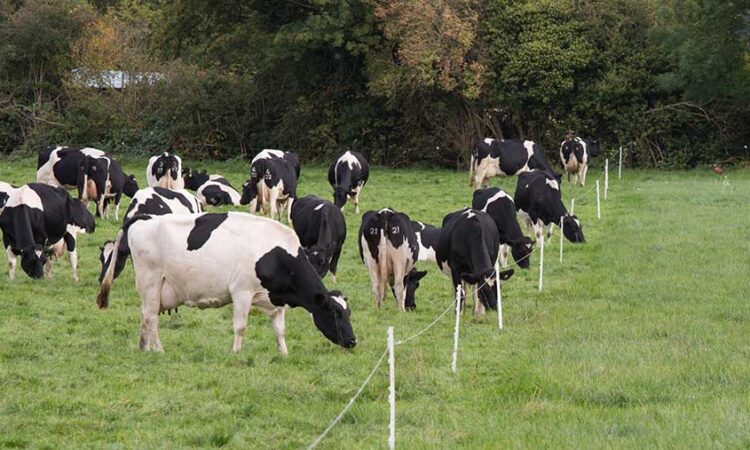
Saving money and promoting healthy soils are two of the objectives of a new “grazing guide”, launched at this year’s Oxford Farming Conference.
The guide sets out some practical action farmers can take to safeguard their futures.
See also: Find all our grassland management content in one place
The Great Grazing Guide has been compiled by the Prince’s Countryside Fund (PCF) and McDonald’s UK & Ireland, in conjunction with pasture expert Precision Grazing.
The project is in response to farmer concerns at the huge increase in their input costs, in particular fertilisers.
PCF executive director Keith Halstead said: “Not only will the ideas contained in this guide help save money at this very difficult time, but they will also enable farmers to work with nature on their farm, by focusing on the importance of healthy soil.”
The guide looks at a number of activities and techniques that farmers can adopt to help save money, while maintaining or increasing productivity, including:
- How farmers can enrich their soil to improve pasture and forage
- How to make the most of farmyard manure (FYM) and slurry to improve grazing and save on concentrates
- How to use artificial fertiliser most effectively
- How to get the most out of pasture through the use of herbal leys and techniques such as rotational grazing.
For example, in the section on FYM and slurry, the guide emphasises the need to analyse the soil first to understand what is already there.
It also covers the importance of getting the timing of spreading right, to avoid run-off and leaching.
Covering dung heaps, or allowing a crust to develop on slurry, can halve the loss of nitrogen through ammonia emissions, while preventing rainwater from entering will avoid the dilution of nutrients.
Precision application, perhaps using shared equipment or contractors, is also recommended to get the organic fertilisers to where they are most needed.
If using artificial fertiliser, this should be applied only when the crop is growing – for which the soil temperature at 10cm below the surface must be above 5C, with adequate moisture.
The guide also features case studies from British farmers who have already made changes to their fertiliser and feed use, and checklists to help farmers plan activities that might work on their farms.
It is the latest initiative from the three-year partnership between McDonald’s and the PCF.






